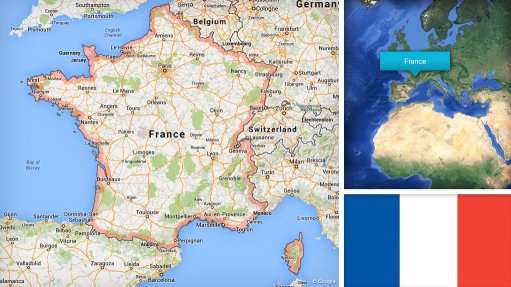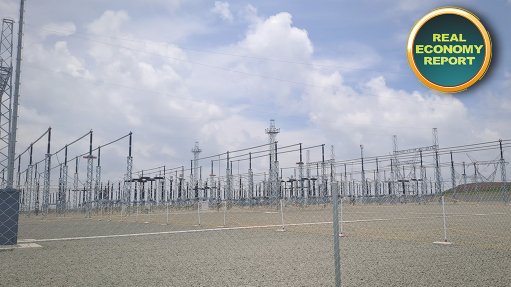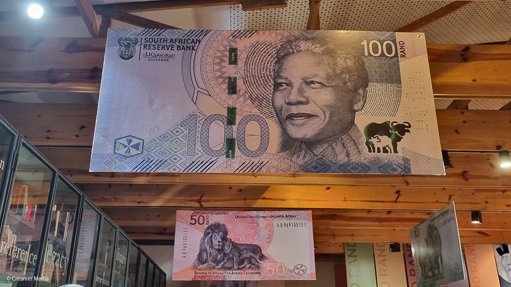Electrical engineering during WWII – Part 3
German and British scientists knew that radar was going to be an important component in the Second World War. However, at the beginning of the war, while both sides had developed radar systems, neither was sure that the other side had done the same.
The prime mover on British radar technology was Robert Watson-Watt. He insisted that the radar system use existing commercially available transmitters and receivers. The development team could not afford the time to develop new technology. Watson-Watt, a practical engineer, believed that ‘good enough’ was okay, since ‘best’ might, in the time span, never be available at all.
Following an early experiment, Watson-Watt worked out that the radar range would be dependent on the radar power and then hit on the idea that, if, instead of sending a continuous transmission, the radar sent continual pulses, the radar power could be increased, since it would be off between pulses.
Thus, the British radar evolved into a string of transmission towers along the coast of Britain. They could not rotate. Obviously, if each tower transmitted at the same time, it would be impossible to know where the target echo was. So, the towers were synchronised through the 50 Hz mains frequency to trigger at different times.
The German radar began with the Freya radar. It was smaller than the British radar, had a higher resolution and was easier to rotate, move and position. The Germans had adopted a different approach to Watson-Watt, as they aimed for ‘best’ rather than ‘good enough’.
The British radar, the Chain Home system, was completed before the war started, whereas, owing to slow development, only eight Freyas were in operation on the German side.
Since the British radar had been manufactured from components that would be used in commercial radio stations, the transmission frequency was relatively low for a radar system – about 25 MHz. When the Germans detected these transmissions, they thought they were probably part of a home navigation system rather than a radar.
On the British side, high-up personalities in the scientific community and the Royal Air Force (RAF) knew that there was nothing like the Chain Home system along the French coast, which had been occupied by the Germans and so they concluded the Germans did not have radar at all. RV Jones, who worked for British air intelligence, noted German references to a system called Freya. This led him to believe that Freya was a radar, since Freya is a Nordic goddess who has a necklace once guarded by Heimdall – who can see hundred miles by day and night, which is more or less the range of the Freya (actually, this was just coincidental). Fortuitously routine aerial reconnaissance produced photographs of two Freya radars. Jones managed to monitor Freya transmissions at a much higher frequency than Chain Home and managed to convince the RAF that the Germans did have radar.
Both the British and the Germans had an observer corps, an organisation of people who manned locations in the country and which would report by telephone to a central control system should they detect overflying aircraft. The British radar reporting system required a lot of trained people; they regarded the observer corps as a different entity. The Germans integrated the radar detection system with their observer corps, which, as it turned out, was not an ideal system, as the ‘information window’ of a radar detection system lasts for a far shorter time than an air observation system – the location of enemy aircraft is best reported by rapid communication to a central point in direct radio communication with the attacking pilot.
Radar developments continued rapidly on both sides. The Germans developed a defensive line across France that used radar and aircraft to attack British bombers when they started bombing Germany at night. This defensive line was so effective that almost half of the British bomber crews died in these attacks. Our modern radars have a direct link to British radar; the illuminated ‘rotating finger’ of today’s radars was invented by the British – solely because, unlike the Germans, they lacked the expertise to make high-precision radar sets. Perhaps ‘good enough’ was ‘best’, after all.
Article Enquiry
Email Article
Save Article
Feedback
To advertise email advertising@creamermedia.co.za or click here
Comments
Press Office
Announcements
What's On
Subscribe to improve your user experience...
Option 1 (equivalent of R125 a month):
Receive a weekly copy of Creamer Media's Engineering News & Mining Weekly magazine
(print copy for those in South Africa and e-magazine for those outside of South Africa)
Receive daily email newsletters
Access to full search results
Access archive of magazine back copies
Access to Projects in Progress
Access to ONE Research Report of your choice in PDF format
Option 2 (equivalent of R375 a month):
All benefits from Option 1
PLUS
Access to Creamer Media's Research Channel Africa for ALL Research Reports, in PDF format, on various industrial and mining sectors
including Electricity; Water; Energy Transition; Hydrogen; Roads, Rail and Ports; Coal; Gold; Platinum; Battery Metals; etc.
Already a subscriber?
Forgotten your password?
Receive weekly copy of Creamer Media's Engineering News & Mining Weekly magazine (print copy for those in South Africa and e-magazine for those outside of South Africa)
➕
Recieve daily email newsletters
➕
Access to full search results
➕
Access archive of magazine back copies
➕
Access to Projects in Progress
➕
Access to ONE Research Report of your choice in PDF format
RESEARCH CHANNEL AFRICA
R4500 (equivalent of R375 a month)
SUBSCRIBEAll benefits from Option 1
➕
Access to Creamer Media's Research Channel Africa for ALL Research Reports on various industrial and mining sectors, in PDF format, including on:
Electricity
➕
Water
➕
Energy Transition
➕
Hydrogen
➕
Roads, Rail and Ports
➕
Coal
➕
Gold
➕
Platinum
➕
Battery Metals
➕
etc.
Receive all benefits from Option 1 or Option 2 delivered to numerous people at your company
➕
Multiple User names and Passwords for simultaneous log-ins
➕
Intranet integration access to all in your organisation

















